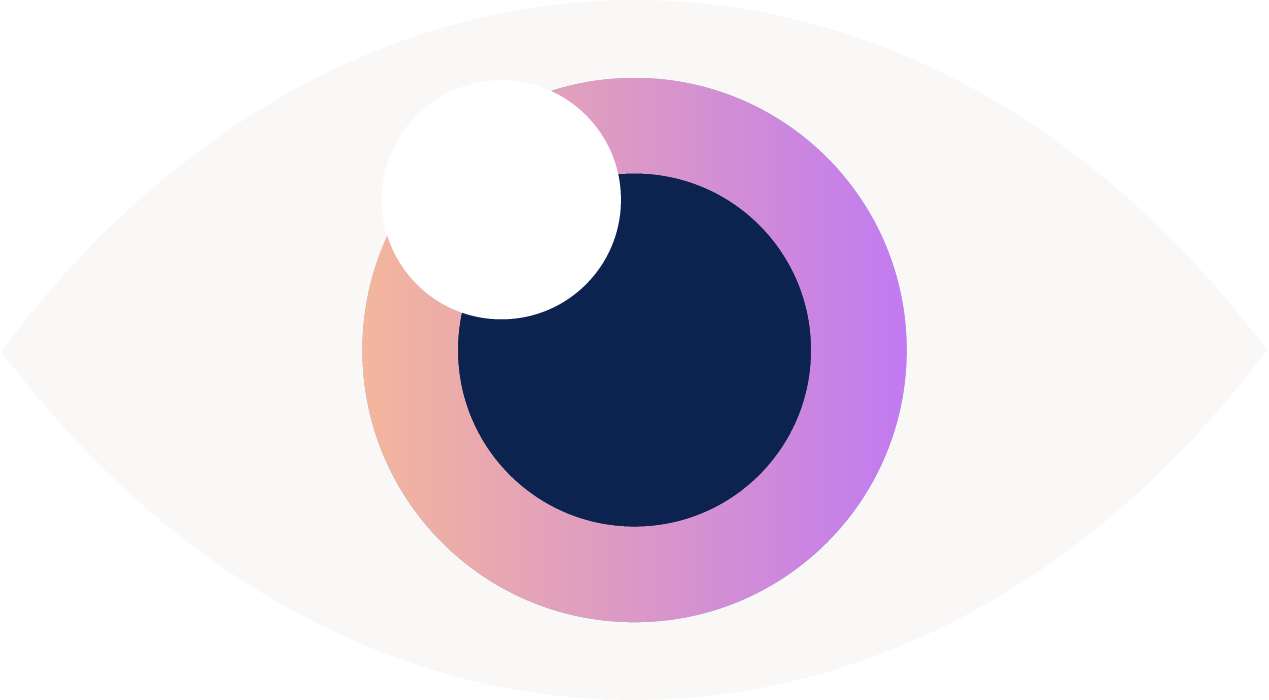How Vision Problems Show Up in the Classroom (And Get Misdiagnosed)
Listen On
I want to start with a personal story.
My middle child — the one who would do anything to make the people around him happy — absolutely loves to learn. Loves it. He’s bright, curious, and so deeply engaged with the world that I often joke he’s smarter than I am.
So when I got an email from his elementary school teacher saying he was zoning out in class and needed to “try harder,” I knew something was off. This wasn’t the child who avoided learning. This was the kid who thrived on it.
The teacher had no idea my son has intermittent exotropia, a type of strabismus where the eyes occasionally drift outward. Sometimes, when he was seated in the back of the classroom, the teacher would appear double to him — making it hard to focus on what she was saying. Instead, he’d look down at his work up close, where his eyes could align more comfortably.
It wasn’t poor focus. It wasn’t bad behavior. It was a vision issue — one that’s easy to miss if you don’t know the signs.
Why Vision Issues Get Mistaken for Behavior Problems
Teachers are incredible observers, but they’re not trained to diagnose eye conditions. And many vision problems, especially intermittent ones, don’t show up during a quick pediatrician or school screening.
The symptoms can overlap with ADHD, dyslexia, and other learning differences:
Losing place while reading
Skipping lines
Avoiding books or homework
Rushing through assignments
Complaining of headaches or eye strain
Tilting or turning the head in a consistent way
If the underlying cause is vision, a child can have 20/20 eyesight and still struggle to keep up — because alignment, focusing, and eye coordination are just as important as clarity.
Common Vision Conditions That Can Mimic Learning Issues
Convergence insufficiency – Trouble pulling the eyes inward for close work, leading to double vision or fatigue.
Accommodative insufficiency – Difficulty focusing up close, often improved with temporary reading glasses.
Uncorrected refractive error – Astigmatism, farsightedness, or nearsightedness that isn’t corrected can distort letters or make them blurry.
Strabismus – Misalignment of the eyes, which may be constant or intermittent, like my son’s.
Amblyopia – Reduced vision in one eye that can affect depth perception and spatial awareness.
How Parents Can Spot the Clues
Ask your child about their vision directly — especially if you see a sudden change in grades, speed, or confidence with schoolwork. Look for:
Holding reading material too close
Complaints of tired eyes or headaches after school
Trouble copying from the board
Strong preference for certain seating in the classroom
Avoidance of reading or homework
And remember: a child can pass a school vision screening and still have a significant visual problem.
What to Ask Your Eye Doctor
If you’re concerned, make sure your child has a comprehensive eye exam — ideally with a pediatric ophthalmologist or optometrist who specializes in children. Ask:
Did you check for intermittent strabismus or accommodative esotropia?
Was a dilated exam performed to check for farsightedness?
Did you test for convergence and focusing ability?
Share what you’ve observed at home and what teachers have noticed. That context can make all the difference in diagnosis.
Why This Matters
Research shows that when vision disorders are treated, classroom behavior and engagement improve. Not because the child suddenly “tries harder,” but because the barrier to learning is removed.
Before you go down the long (and often costly) path of learning disability testing, rule out vision first. It may not be the whole answer — some children truly have both — but if vision is part of the problem, addressing it can change everything.
For my son, it wasn’t about fixing his eyes — he already had 20/20 vision. It was about helping his teacher understand why he might appear to “zone out” and what was really happening. That small piece of knowledge shifted expectations, reduced frustration, and made the classroom a better place for him to thrive.
Want to Learn More?
This is just the beginning. In upcoming episodes, we’ll explore:
-How screen time and digital habits are shaping our kids’ development
–The connection between vision and overall health
–What you need to know about common eye procedures like LASIK and cataract surgery
–Practical ways to advocate for your child’s visual needs
You can subscribe to my podcast, In Focus, anywhere you listen—or follow along on Instagram for updates and tips.
Watch this episode on Youtube right now!
Thanks for reading—and for doing what you can to protect your child’s vision, one step at a time.
– Dr. Rupa Wong
Pediatric Ophthalmologist | Surgeon | Mom of 3
This episode is brought to you by The Pinnacle Podcast Network! Learn more about Pinnacle at learnatpinnacle.com



